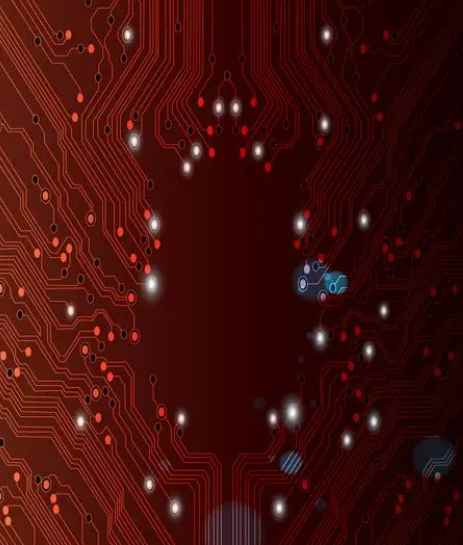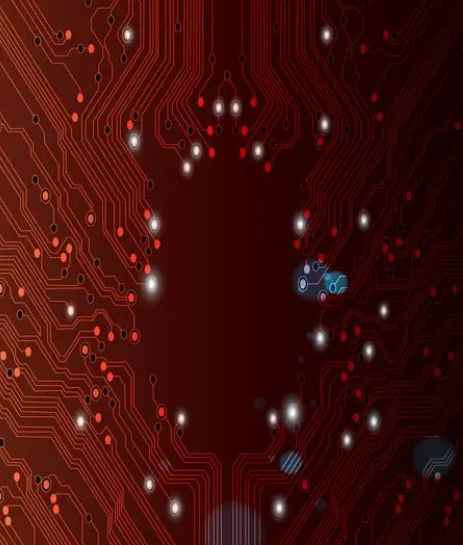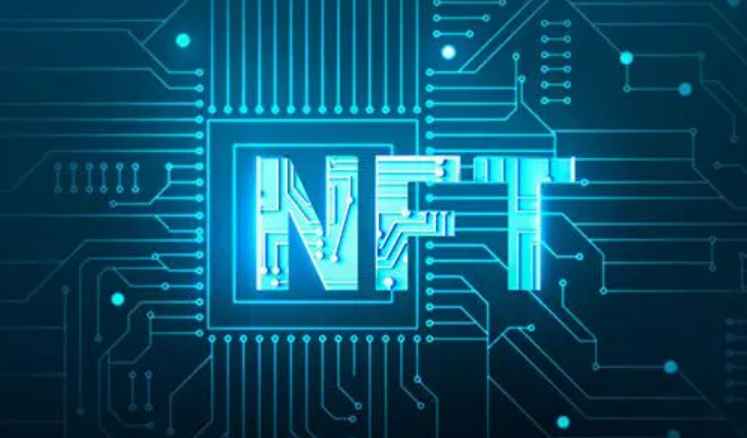
More and more customers are looking for silicone oil cleaning agents on the circuit board, because the silicone oil on the release film sticks to the circuit board, resulting in no way to do the following treatment, and want to clean the effect of good, first need to understand the circuit board, and the source of silicone oil.
Flexible circuit board This material has high heat resistance, good dimensional stability, and the covering film with mechanical protection and good electrical insulation properties is pressed into the final product. The surface and inner conductors of the double-sided, multi-layer printed circuit board are metallized to realize the electrical connection of the inner and outer layer circuits.
When the circuit board is pressed together with the release film, the silicone oil will be transferred to the circuit board, resulting in poor binding degree, so the silicone oil on the surface of the product needs to be completely cleaned before a step process can be carried out. And can not damage the circuit board, silicone oil is a general ordinary cleaning agent can not be cleaned, and the purchase of solvo-based products, but afraid of harm to the circuit board, and neutral silicone oil cleaning agent using high-quality anionic and non-ionic surface activator precise synthesis of water polyol mixture and produce a near neutral concentrate. Silicone oil cleaning agent is specially formulated, highly efficient and has the strongest cleaning, decontamination characteristics, fully rinseable, biodegradable medium-sized cleaning agent. Has a unique cleaning effect, does not hurt the skin, without any corrosion.
Silicone oil cleaning agent cleaning method:
Cleaning method 1: ultrasonic cleaning
1, dilution ratio: cleaning agent: water =1:5-20, cleaning pollution degree of serious need to increase the concentration of the solution.
2, cleaning process: cleaning agent: water =1:5-20 open thin (heating 45-75℃ ultrasonic cleaning 3-5 minutes)→ rinse with water until clean → dry. (The cleaning pollution degree is serious need to increase the temperature and extend the cleaning time)
Cleaning method 2: spray cleaning
1, dilution ratio: cleaning agent: water =1:5-20, cleaning pollution degree of serious need to increase the concentration of the solution.
2, cleaning process: cleaning agent: water =1:5-20 open thin (heating 60-80℃ spray cleaning) time is 5-10 minutes (depending on the degree of dirt can be extended cleaning time) → rinse with water to clean → dry.

Cleaning method 3: immersion cleaning
1, dilution ratio: cleaning agent: water =1:5-20, cleaning pollution degree of serious need to increase the concentration of the solution.
2, cleaning process: cleaning agent: water =1:5-20 open → Soak the cleaning material (continuous agitation or scrub) cleaning time is 15-30 minutes, the temperature is above 60-80 ℃ (depending on the degree of dirt can be extended cleaning time) → rinse with water until clean → dry.
How to check the quality standards for FPC flexible circuit boards
The FPC has two major international specifications
The appearance is mainly referred to IPC/JPCA 6202 "Performance Manual for Single and Double-sided flexible Printed Boards"
Performance mainly refer to IPC-6013 "Quality Evaluation and Performance Specification for Flexible Printed Boards"
There is some overlap between the above two, and the European and American countries seem to be more dependent on the latter
Inspection environment, inspection magnification, warranty period, etc. are described in 6202
In addition, there are two main performance specifications
IPC-TM-650 Test Methods Manual
JIS-C-5016 "Flexible Printed Circuit Board Test Method" This is the Japanese industry standard
IPC standards can be looked at. International norms are the common language of cooperation, and meeting international norms is the basic right of competition.
PCB board and FPC board difference
PCB generally uses FR4 as the base material, also called hard board, which can not be bent or flexed
FPC generally uses PI as the base material, is a flexible material, can be bent and bent arbitrarily
PCB is generally used in some places that do not need to be bent, please have relatively hard strength, such as computer motherboards, mobile phone motherboards, etc
FPC generally operates in the need for repeated bending and links of some small parts, such as the bent part of the flip phone flap, the part of the printer link print head, various modules (such as the connection of the display module to the motherboard).
With the development of light, thin, short and small products, some product PCBS can not meet the requirements well, and will gradually use FPC to achieve. In short, FPC can be understood as a soft, flexible PCB.
1, the physical characteristics are different. fpc is a flexible circuit board. Bendable, as the name implies. pcb is a rigid circuit board. It can't be bent.
2, is the use of different materials. The base material of fpc and pcb cannot be shared. Each has its own material. Of course, some materials can be shared. Like ink. Text.
3, is the use of different environments. For many products with strict structural design, pcb can not meet the assembly requirements and must be replaced by fpc. Such as thickness requirements and bending requirements.
4. The price is different. fpc can be simple or complex. The price is different.







